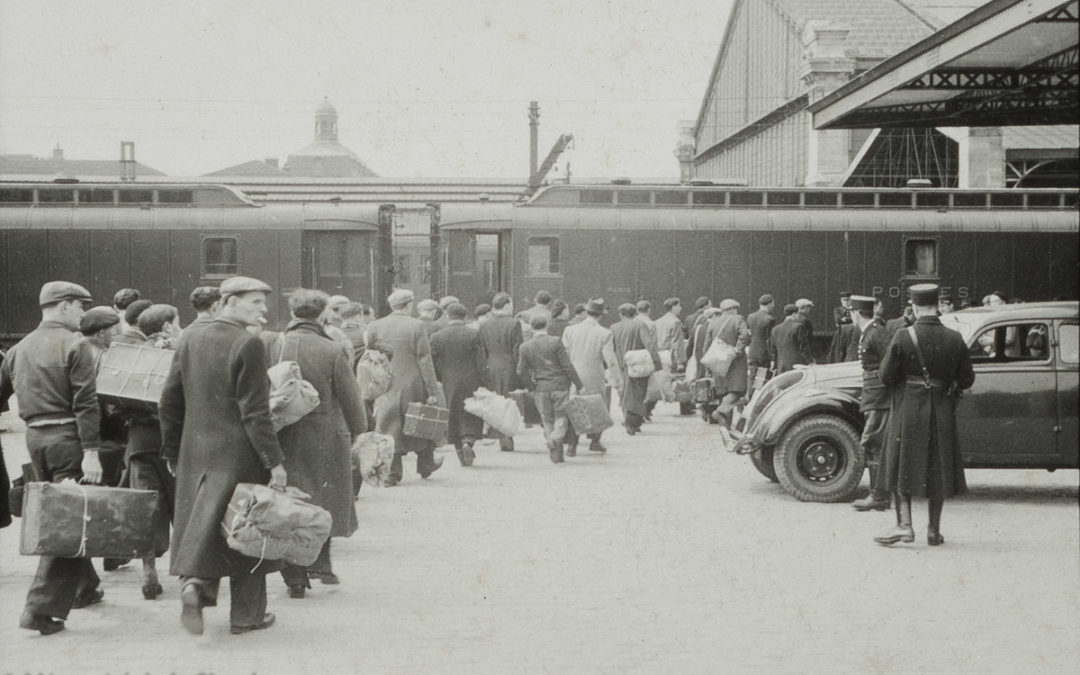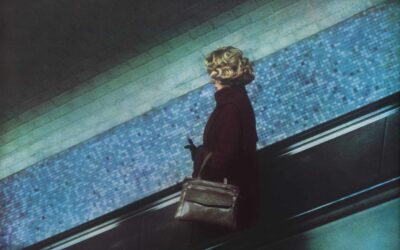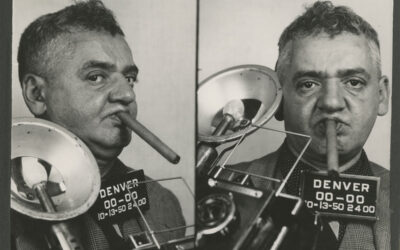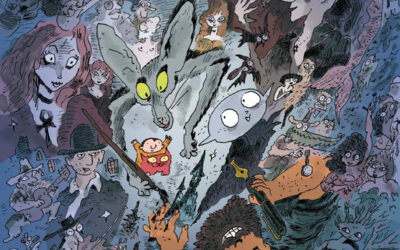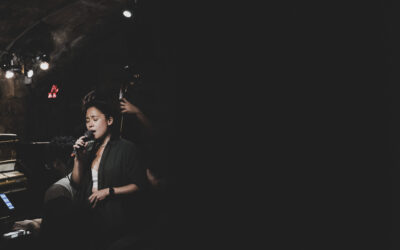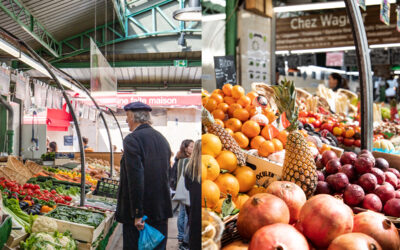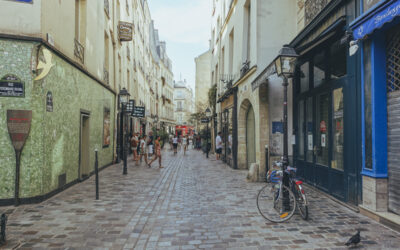A photographic document of inestimable value has just resurfaced with the announcement, by the Shoah Memorial, the acquisition of 98 previously unpublished images taken by the German occupiers during the roundup of May 14, 1941, in Paris. That day, more than 3 foreign Jews were arrested by the French police during an operation presented as a vast identity check.
Unlike the Vélodrome d'hiver, or Vel'd'Hiv, roundup (July 16-17, 1942), this arrest did not concern French Jews but foreign Jews. Aged 18 to 60, these refugees from Czechoslovakia, former Austria and especially Poland, were arrested in various places in the Paris region – including in Le Marais – and transported to the Japy gymnasium, in the 11th arrondissement before to be transported to the camps of Pithiviers and Beaune-la-Rolande (Loiret) then to be deported to the death camps. Most died in deportation.
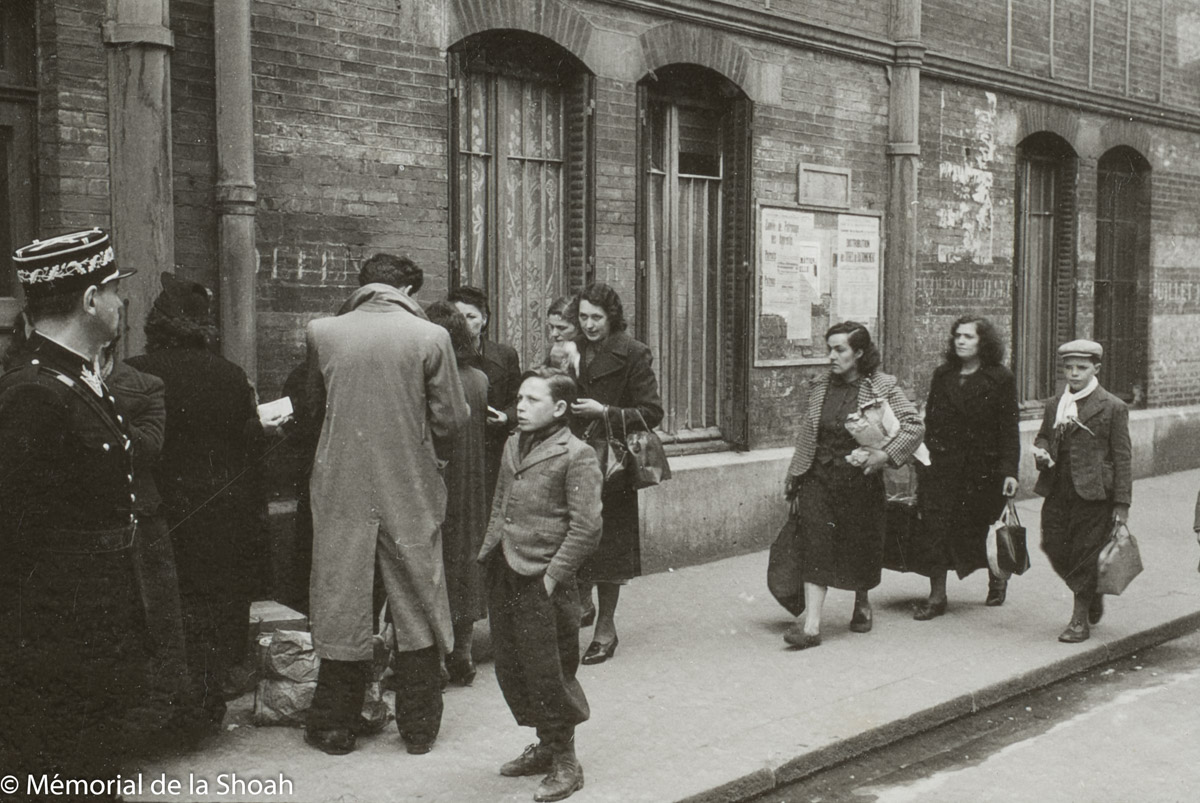
The previously unpublished photos were taken by a German photographer. They trace the so-called “greenback” roundup hour by hour. This was the first major operation carried out against Jews in the occupied zone, sixteen months before that of Vél'd'Hiv.
Preserved at the Memorial documentation center, the photos have also been presented to the general public since May 14 in an open-air exhibition, in front of the Japy gymnasium, which is located on rue Japy (Charonne or Voltaire metro station), a 10-minute walk from the Swamp.
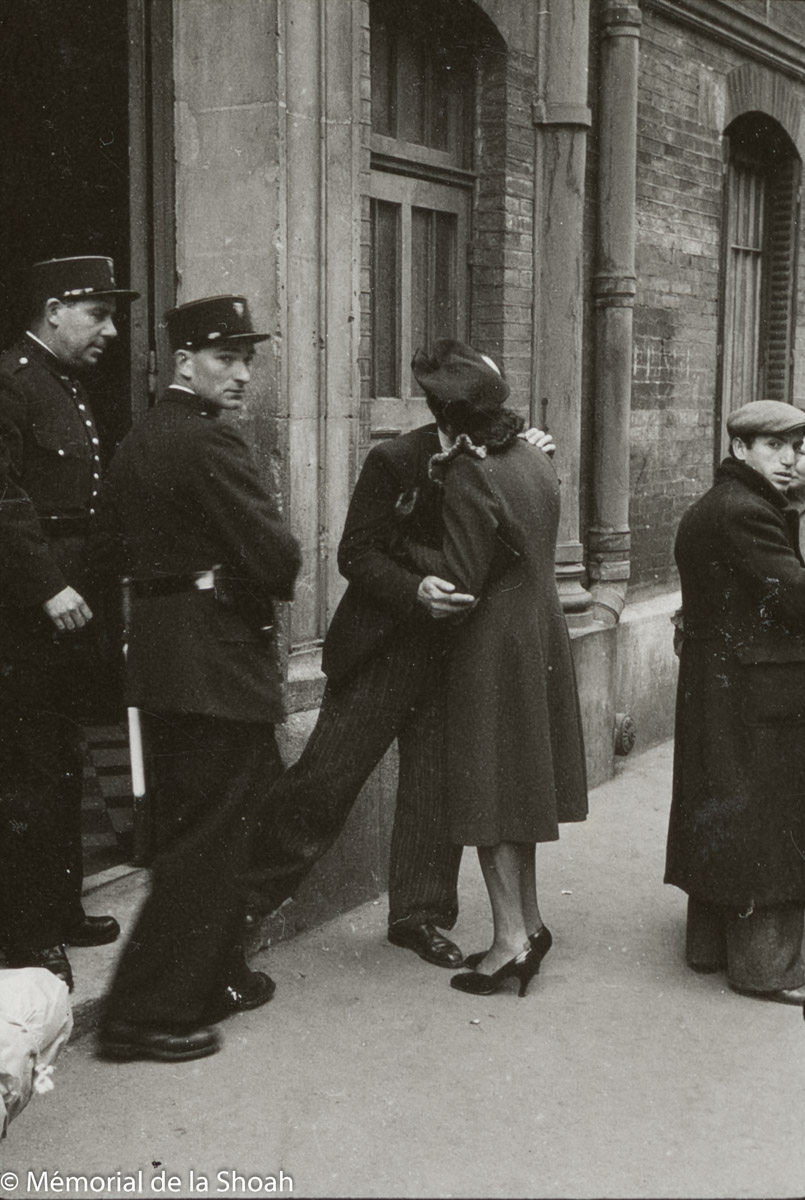
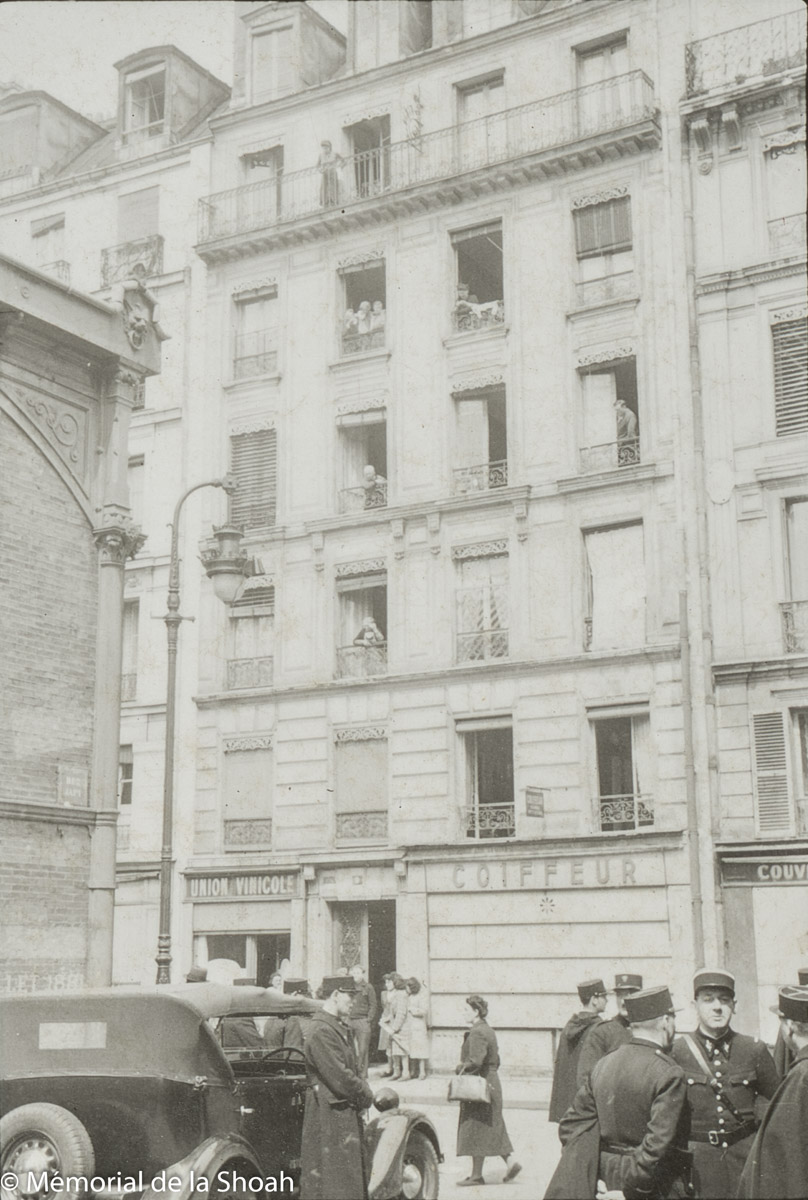
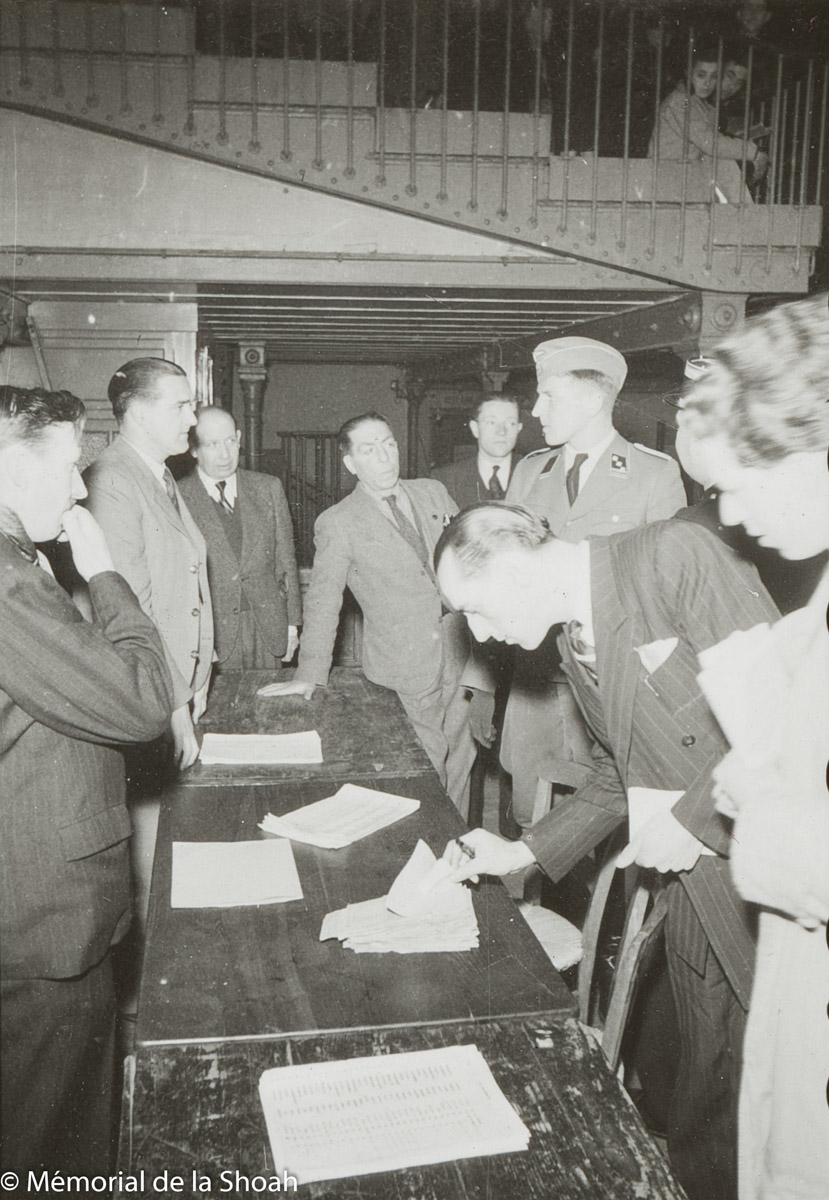
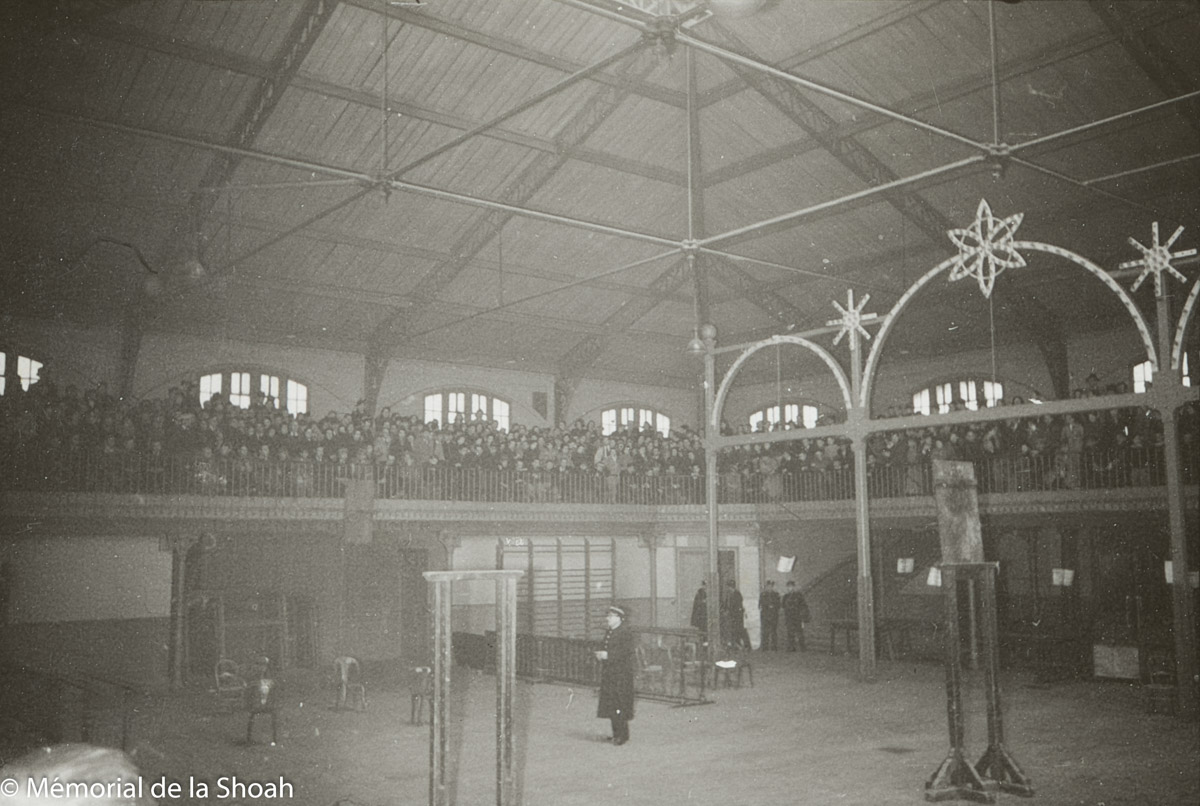
“Jewish census lists had been established as early as October 1940,” the newspaper continues, “when Pétain signed the first anti-Semitic measures. Based on these files, the Parisian police stations sent a brief summons to the addresses of 6494 foreign Jews, written on green paper which gave the operation its nickname.
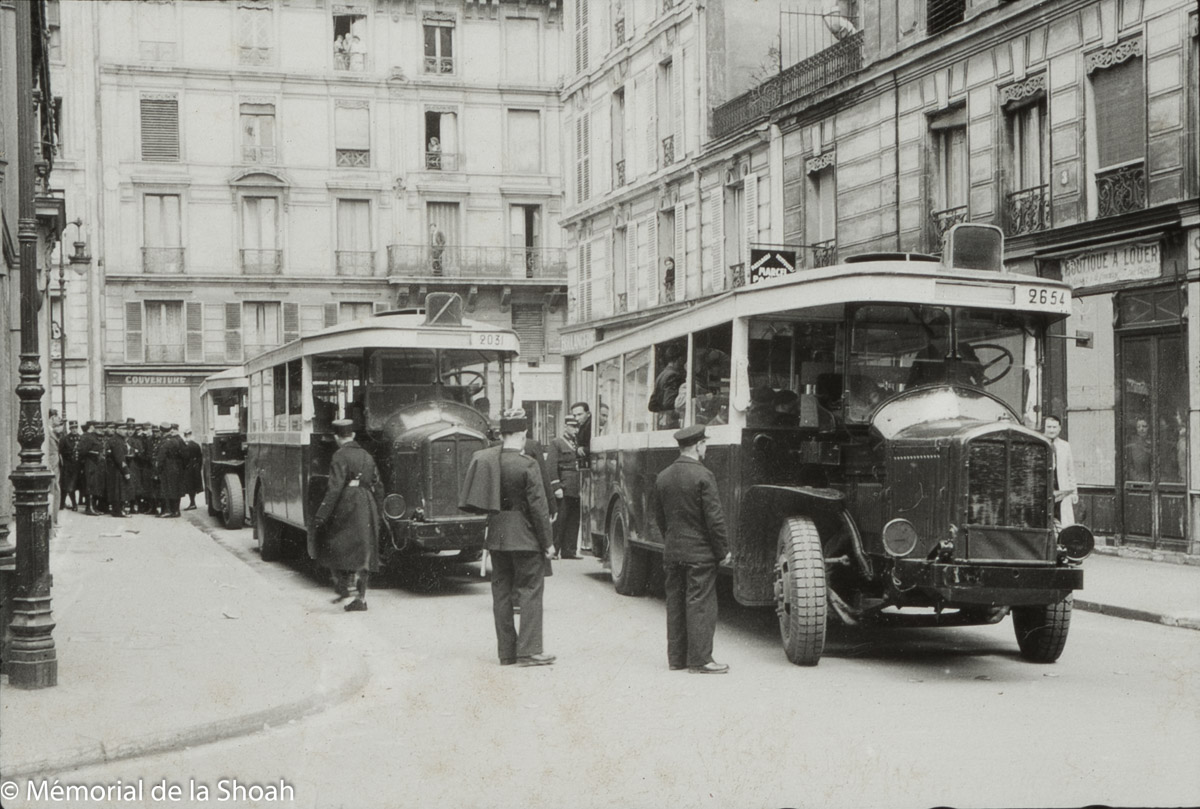
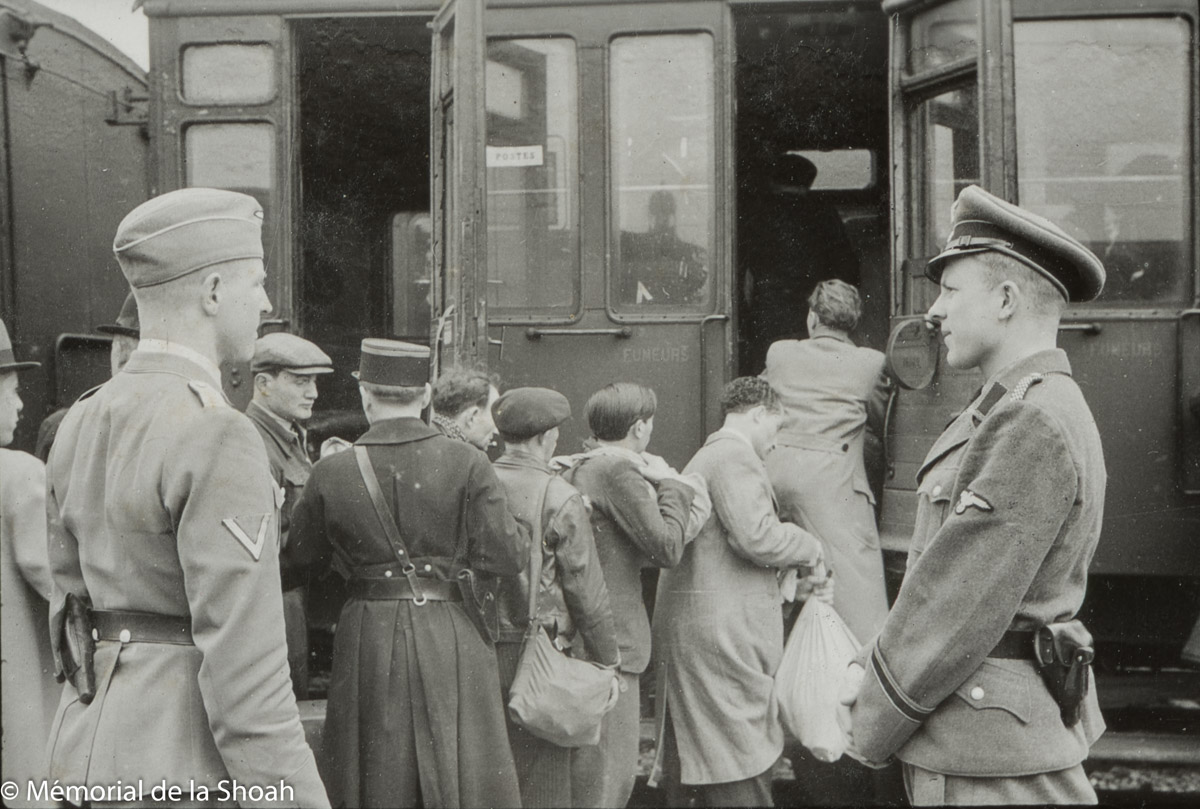
The Shoah Memorial is the largest archive center in Europe on the history of the Shoah. A place of memory, it is also an educational and transmission center on the history of the genocide of the Jews during the Second World War in Europe.
Better knowledge of the history of the Shoah also aims to fight against the return of hatred and against all forms of intolerance today. Thus, the Memorial has been working for more than ten years to teach about other genocides of the XNUMXth century such as the genocide of the Tutsis in Rwanda or the Armenian genocide.
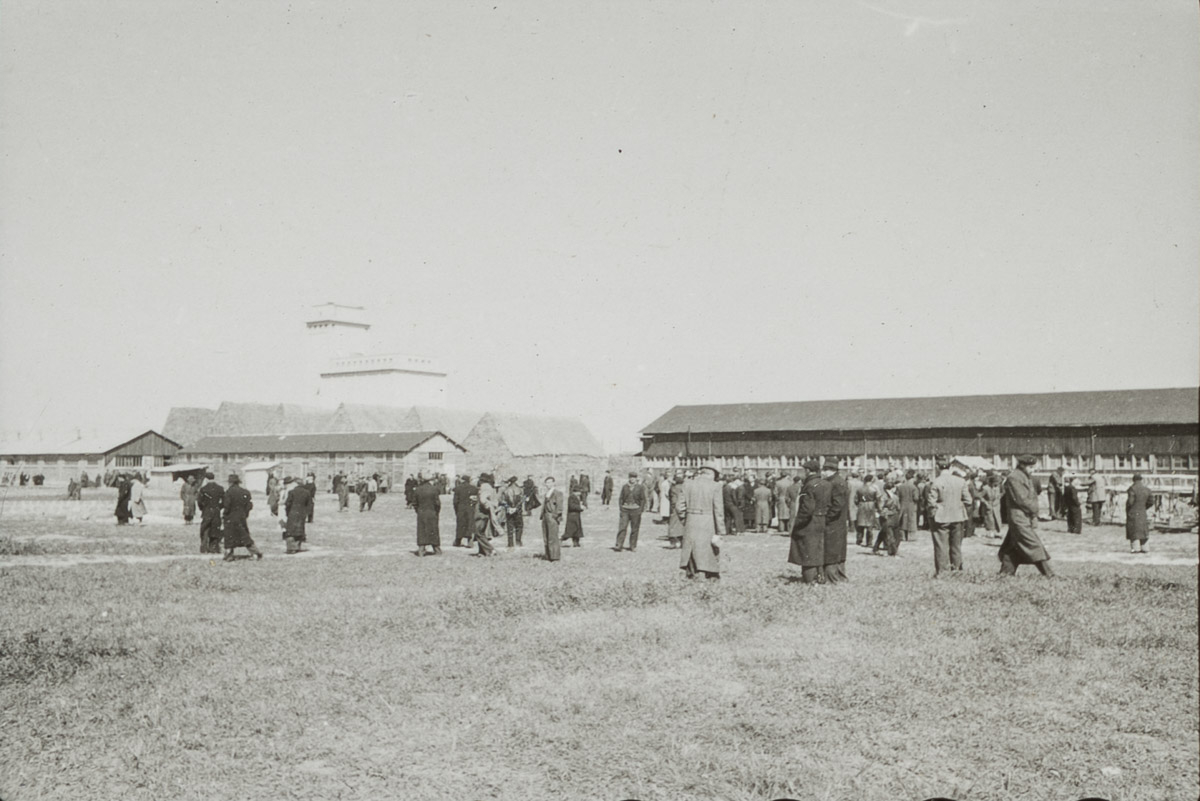
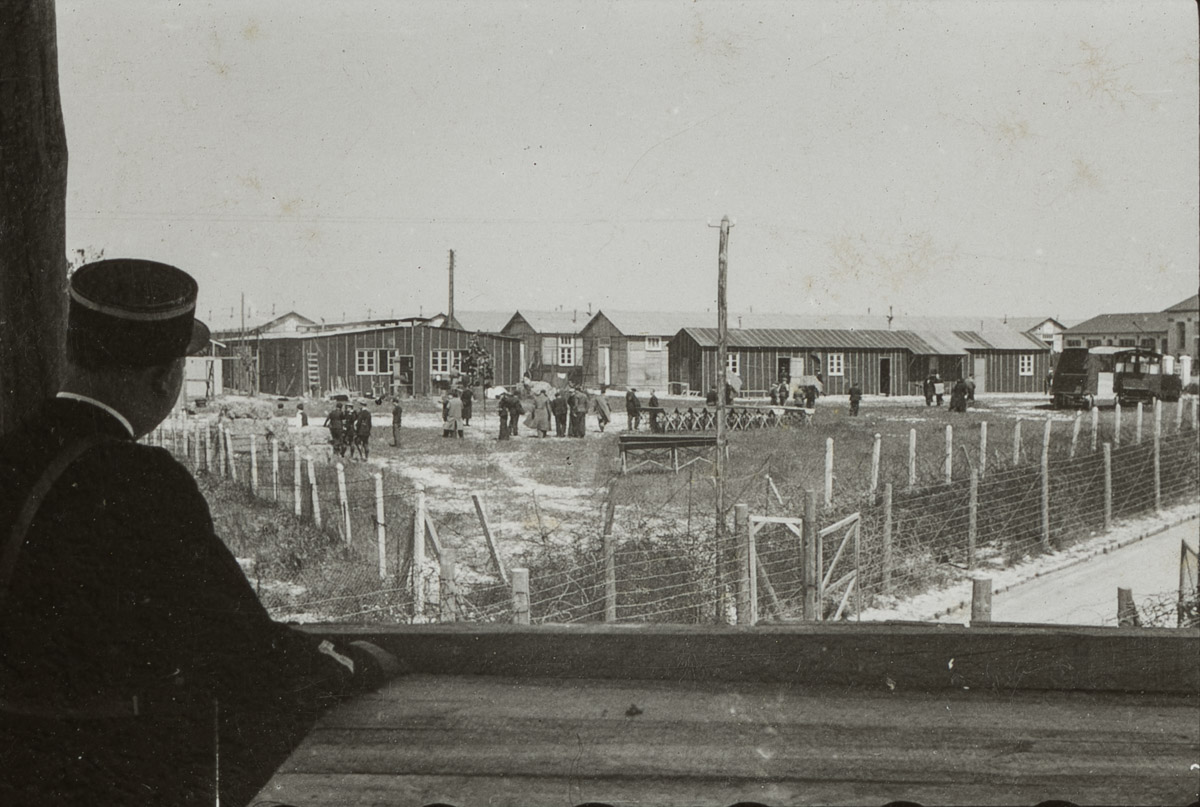
Text: Katia Barillot
Photos: ©Shoah Memorial
20.05.21
THERE ARE LOTS OF MUSEUMS HERE
Annie Ernaux, the literature of reality at the MEP
The 2022 Nobel Prize-winning writer has been interested in photography for a long time, notably in the text “the use of photography”, a four-handed story published in 2006. At the European House of Photography, on the banks of the Seine , the exhibition Exteriors - Annie Ernaux & Photography flourishes until May 26, 2024.
The Weegee enigma, extreme photographer
American photojournalist from the 1930s and 50s, famous for his black and white photos of nightlife in New York, Weegee takes this nickname as a nod to the spirit board, the Ouija board. Because he proclaims himself a “psychic photographer” with the 3rd eye.
Joann Sfar featured at MAHJ
Who doesn’t know the comic strip “The Rabbi’s Cat”? Its creator, Joann Sfar, was born in Nice in 1971. In this retrospective at the Museum of Art and History of Judaism in the heart of the Marais, the first of its kind, we will see many original plates presented in images by the famous cat .
NOW ON THE MOOD MARSH
Jazz at 38Riv: The highlights of May
The only jazz club in the Marais, 38Riv is the temple of cool and swing. Rue de Rivoli, between Saint-Paul and Hôtel de Ville, its vaulted cellars are the home base of the new jazz scene. Every evening, the magic happens.
The Enfants Rouges market, everyone loves it
Restaurants, merchants, a photo store, a bookstore... This is how the Red Children's Market presents itself, unique in its kind in the Marais and its capital because it is the only one to offer such a varied and varied range of restaurants. qualitative.
The Marais Jewish quarter in Paris
From the 13th century, the Marais was home to a Jewish community which remained there until its expulsion in the 14th century. Fleeing poverty and persecution, Jews from Eastern countries and those from Alsace settled there in the 19th century. Around rue des rosiers and Place Saint-Paul renamed Pletz…

